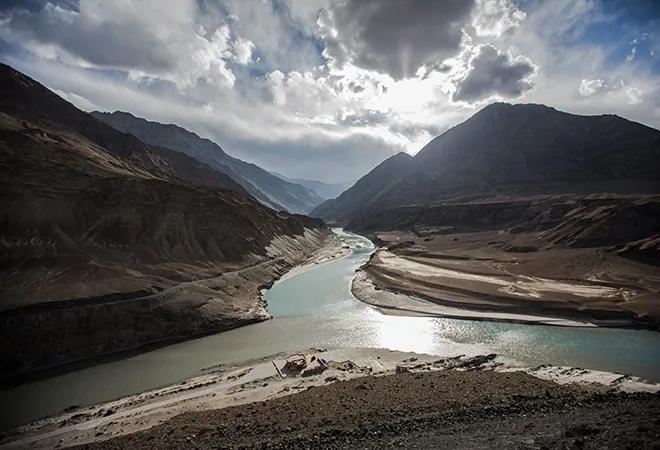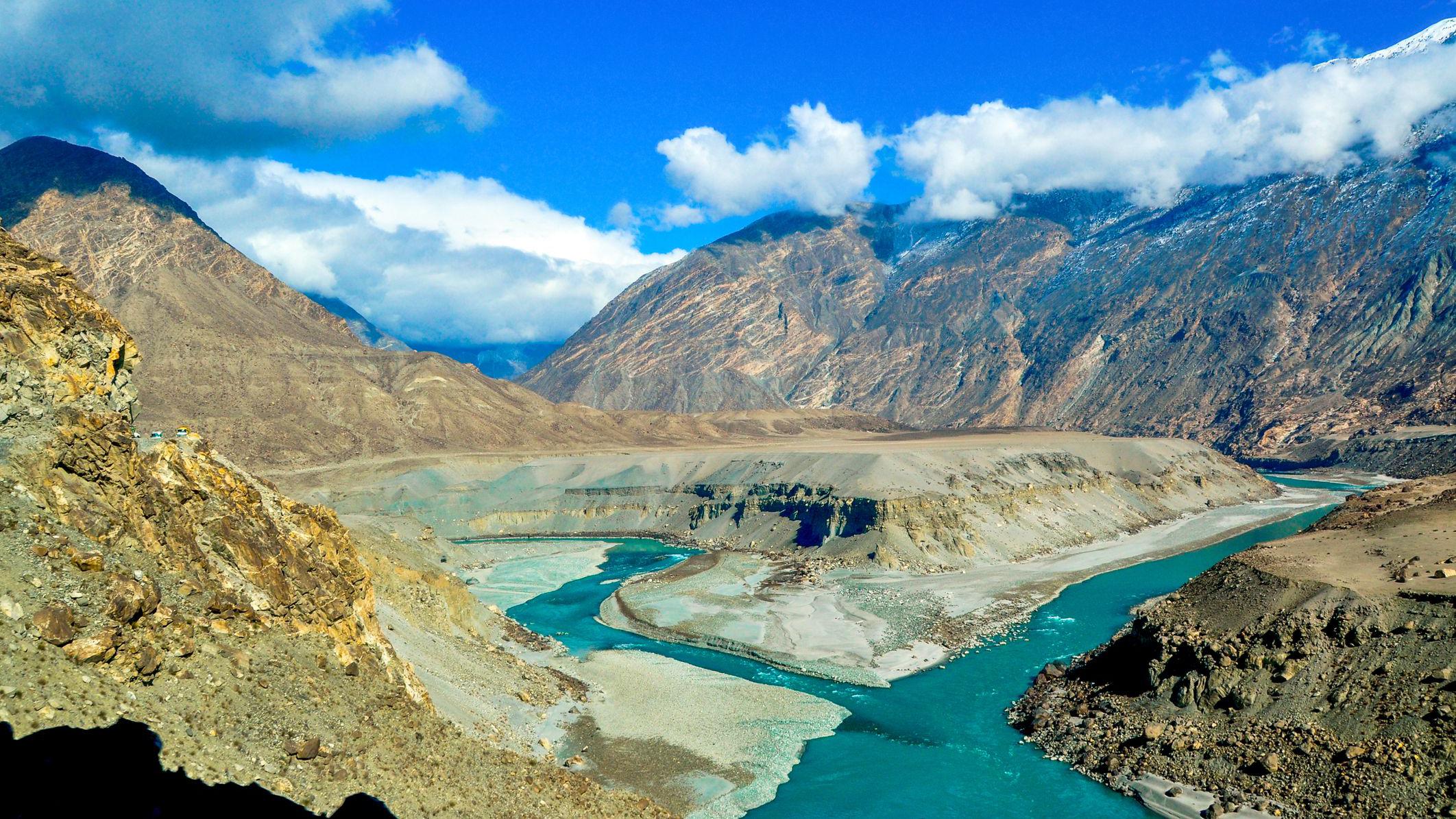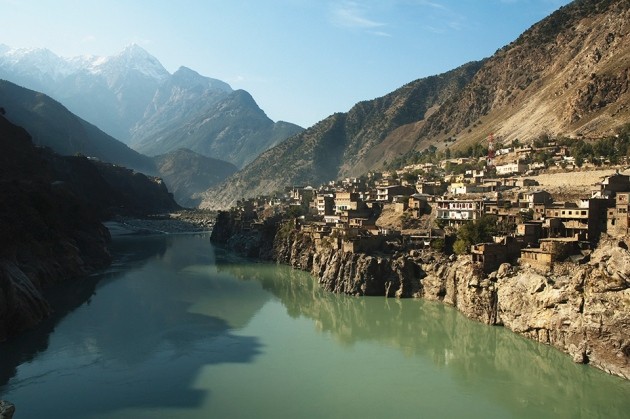India is blessed with a vast network of major and minor rivers. The country is home to 12 major river basins and numerous smaller ones. When we talk about sheer scale, the largest river in India by volume is the Brahmaputra. The longest river in India is the mighty Ganges (Ganga), while the Brahmaputra also holds the title for the broadest river in India. Rivers are often given notable, respectful names. For instance, the Ganges is known as Ganga Ma (Mother Ganga). The Godavari is sometimes called the 'Dakshin Ganga' (Ganga of the South).

Do you know which river is often called the Lifeline of Ladakh? It's a crucial river that flows through this high-altitude cold desert, sustaining its unique ecosystem and population. It originates in Tibet and flows through Jammu and Kashmir and Pakistan before meeting the Arabian Sea. In this article, we'll take a look at the geographical importance and cultural significance of this indispensable river in the Ladakh region.
Which River Is Known As The Backbone Of Ladakh?

The river known as the Lifeline of Ladakh is the Indus River (locally called Sindhu). The Indus River begins its long journey high up on the Tibetan Plateau near Lake Manasarovar and Mount Kailash. It enters India's Union Territory of Ladakh in the southeast. In Ladakh, the river flows northwesterly, carving a path between the mighty Ladakh and Zanskar mountain ranges.
It is the primary water source for agriculture and human settlements in this cold desert region, with major towns like Leh situated along its banks. After crossing Ladakh, it enters Pakistan, where it flows south before finally emptying into the Arabian Sea near Karachi.
10 Lesser-Known Facts About the Indus River
- Name Origin: The name 'India' is derived from the Indus River, as the ancient Greeks referred to its inhabitants as "Indoi."
- Sacred Source: In Tibet, where it originates, the river is known as 'Senge Tsangpo,' which translates to 'Lion's Mouth'.
- Trans-Himalayan: It is one of the few trans-Himalayan rivers, meaning it is older than the Himalayas themselves and cut through the mountains as they rose.
- Major Confluence: A famous tourist spot in Ladakh is the 'Sangam', the beautiful confluence where the blue-green Indus River meets the darker Zanskar River.
- Ancient Civilisation: The famous Indus Valley Civilisation, one of the world's oldest, thrived along its plains around 4,500 years ago.
- Tidal Bore: The river is one of the very few in the world to exhibit a tidal bore—a large wave that travels upriver from the ocean.

- Desert Delta: Before meeting the Arabian Sea, it forms the Indus River Delta, which is one of the world's largest arid (dry) deltas.
- Unique Dolphin: The river is home to the endangered Indus River Dolphin (or Bhulan), one of the world's few freshwater dolphin species.
- Two Major Ranges: Its course in Ladakh is famously contained between the Ladakh and Zanskar Ranges.
- Global Rank: It is one of the longest rivers in Asia, measuring approximately 3,180 kilometres.
Comments
All Comments (0)
Join the conversation